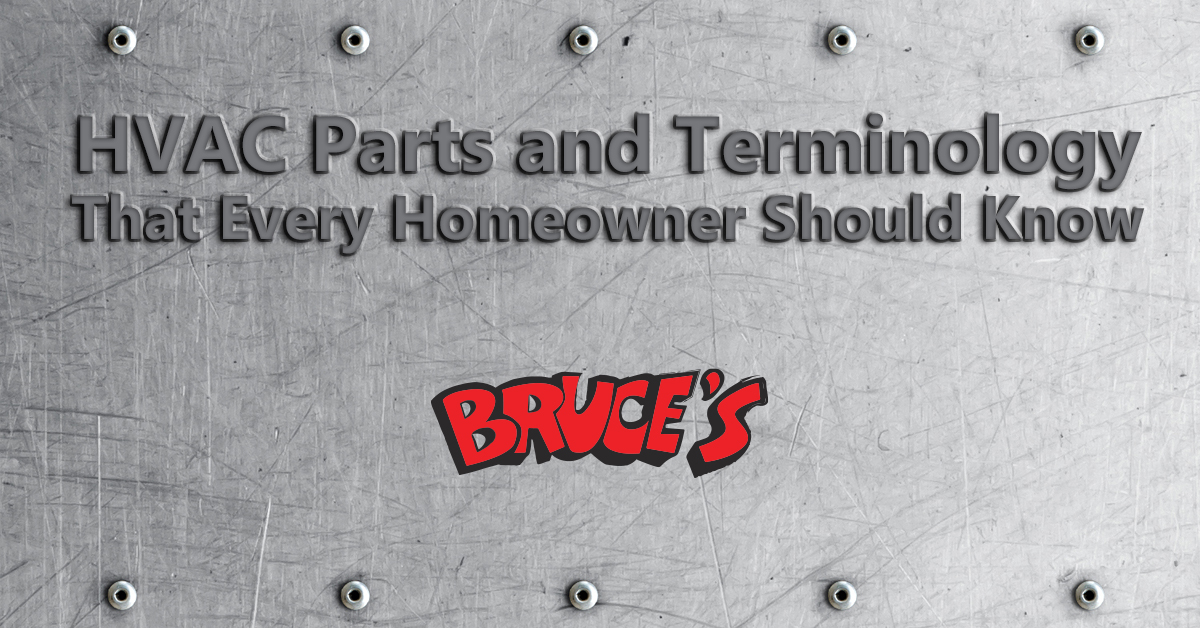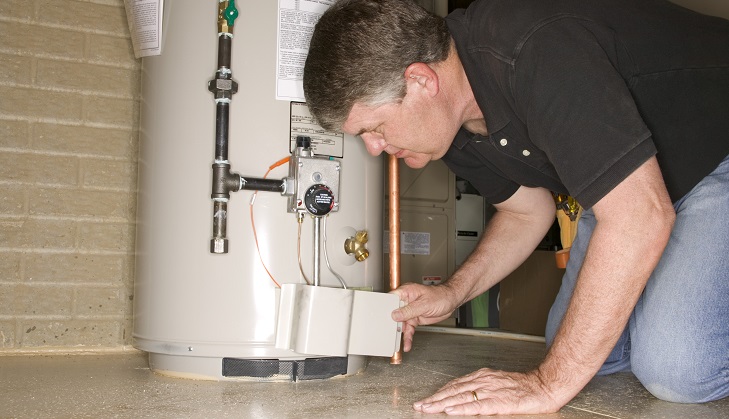 The heating, ventilation, and air conditioning (HVAC) system is one of the most important parts of any home. It keeps a house warm in the winter and cool in the summer, making the environment comfortable year round.
The heating, ventilation, and air conditioning (HVAC) system is one of the most important parts of any home. It keeps a house warm in the winter and cool in the summer, making the environment comfortable year round.
Because this system is so important, homeowners should know some of the basic parts involved in its operation as well as the common terminology used to discuss HVAC systems. Knowing these things will allow homeowners to more easily recognize and diagnose problems, enable them to fix some simple issues themselves, and allow them to more effectively communicate with HVAC professionals when needed.
Common HVAC Parts
Every HVAC system is set up slightly differently to allow for various building sizes and layouts. However, they all serve the same function and thus have several common parts. There are eight parts to all HVAC setups that homeowners should know about:
- The furnace is one of the largest single parts of the system. It’s usually installed in its own particular space within a building, often in the basement, the attic, or a closet. Despite common belief, the furnace isn’t the part that creates heat; it’s only responsible for pushing air – hot or cold – through the ducts and into the rest of the home.
- Heat exchanger. This is the part that actually warms a house. The heat exchanger is housed inside of the larger furnace unit. When it’s turned on, air is sucked into the heat exchanger from outside of the house or through specific vents inside (these vents are known as cold air return chases). Once the air is in the heat exchanger, it’s rapidly heated and then blown out through the ductwork and into the house.
- Evaporator coil. This part is normally housed ON the top or side of the furnace in its own metal housing. The evaporator coil serves the opposite function from the heat exchanger, providing cold air to cool the house when turned on.
- Condensing unit. Evaporator coils are connected to the condensing unit. This is the part most people think of when they picture air conditioners. Condensing units sit outside of the home, where they cool a special refrigerant gas that’s passed into the evaporator coils, used to cool the air, and sent back to the condensing unit.
- Refrigerant lines. These are the metal pipes, through which the refrigerant flows, connecting the evaporator coil and condensing unit.
- Homeowners should already know about the thermostats in their properties. This is the part of the HVAC system that people interact with the most. It controls the rest of the system.
- Ducts run throughout a building, connecting the vents to the furnace and allowing for hot or cold air to be distributed.
- Air vents are usually placed near the ceiling, are rectangular, and should be in every room. They simply allow air to exit the ducts into a home. Most ducts contain slats to direct the air flowing out; some slats have manual controls to allow homeowners to close a vent or change the direction of the air flow.
Common HVAC Terms
When talking with an HVAC professional, it can be helpful to understand some of the common terms used in the industry. Here are a few of the most frequently used:
- This is a rating system for the energy efficiency of gas furnaces. Ratings are out of 100. Higher is better.
- Air Handler – This separate part of some systems allows for better airflow through a building.
- In the HVAC industry, British Thermal Units are a measure of heat used.
- CFM (Cubic Feet per Minute) – This is a measure of airflow.
- Cycling – This is when the system turns on or off.
- HEPA filter – These air filters are designed to improve air quality in homes.
- The Heating Seasonal Performance Factor – Rates the efficiency of a heat pump. Higher is better.
- The Season Energy Efficiency Ratio – Rates the energy efficiency of air conditioners. Higher is better.
When homeowners know the parts of their HVAC systems and the terms used when referring to different things in the industry, they can understand and explain any problems with the system more fully. If you need professional help with your HVAC system, contact Bruce’s AC today.







 Gas water heaters are a triumph of simplicity in engineering. Without significant energy consumption they can supply showers, faucets and washing machines with all the heated water they need for extended periods of time.
Gas water heaters are a triumph of simplicity in engineering. Without significant energy consumption they can supply showers, faucets and washing machines with all the heated water they need for extended periods of time. There are two important home maintenance procedures you can perform to help keep your gas water heater in great working order.
There are two important home maintenance procedures you can perform to help keep your gas water heater in great working order. During cold winter months, you are perfectly aware that heating costs make up the bulk of your electricity or gas bill.
During cold winter months, you are perfectly aware that heating costs make up the bulk of your electricity or gas bill. Air leaks in homes can happen just about anywhere. The best way to detect them is to contact your local energy company and ask them to send a consultant to your home to perform a heat loss audit (this service may be offered for free). If they can’t or won’t send someone you can always hire a private home energy auditor, who will most likely do it for a relatively small fee.
Air leaks in homes can happen just about anywhere. The best way to detect them is to contact your local energy company and ask them to send a consultant to your home to perform a heat loss audit (this service may be offered for free). If they can’t or won’t send someone you can always hire a private home energy auditor, who will most likely do it for a relatively small fee. The term “energy management system” refers to the process of monitoring energy usage and improving energy savings in businesses and homes. To put it simply, business and home owners can observe how much energy is being used on site and then implement strategies to decrease this usage.
The term “energy management system” refers to the process of monitoring energy usage and improving energy savings in businesses and homes. To put it simply, business and home owners can observe how much energy is being used on site and then implement strategies to decrease this usage. When winter sets in and temperatures start to drop, you can expect your heating bill will go up
When winter sets in and temperatures start to drop, you can expect your heating bill will go up



